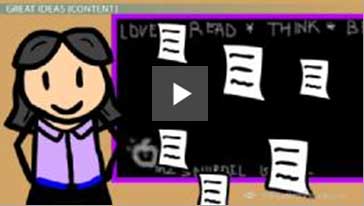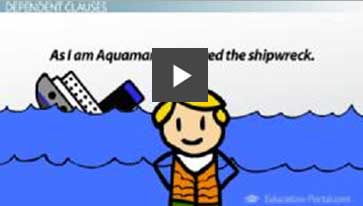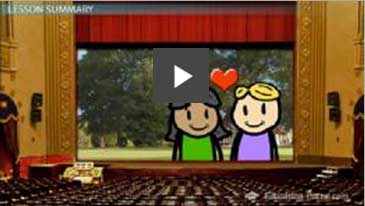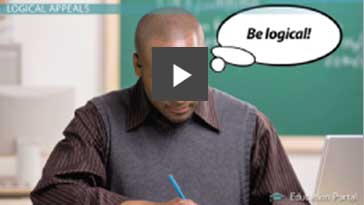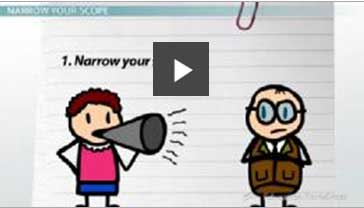|
|
Course Chapters
Chapter 1: Conventions in Writing: Usage
Chapter 2: Conventions in Writing: Grammar
Chapter 3: Using Source Materials
Chapter 4: How to Revise an Essay
Chapter 5: Parts of an Essay
Chapter 6: Essay Writing
Chapter 7: Reading and Understanding Essays
 |
All Videos in Reading and Understanding Essays |
